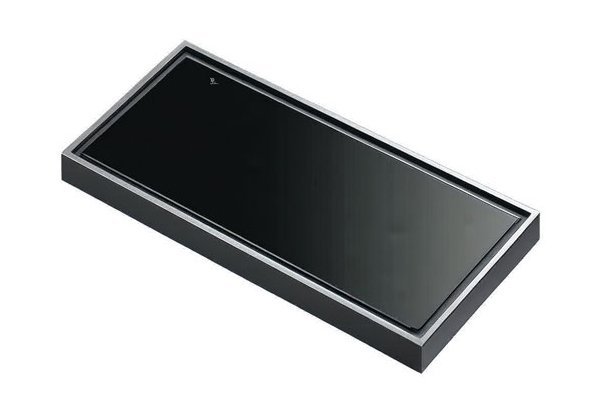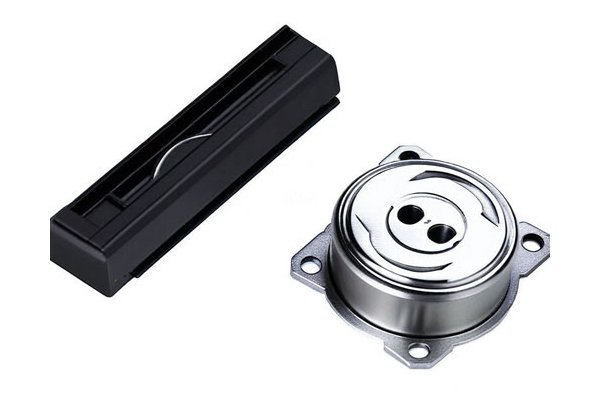Did you know that titanium is one of the most sought-after materials in the engineering and manufacturing industries due to its impressive strength-to-weight ratio and exceptional corrosion resistance? This lightweight yet robust metal is increasingly being used in designing high-performance components, including titanium nut parts. However, CNC (Computer Numerical Control) turning of titanium poses unique challenges that require specific technical expertise and requirements. In this blog post, we will delve into the essential technical requirements for the CNC turning of titanium nut parts, showcasing the intricate processes, equipment, and considerations that manufacturers need to keep in mind.
The Importance of CNC Turning Titanium Parts
CNC turning is a precision machining process that uses computer-controlled lathes to shape materials into cylindrical dimensions. This process is particularly valuable for titanium nut parts, which play a crucial role in various applications, from aerospace to medical devices. The demand for high-quality titanium components is on the rise due to their lightweight and durable nature, making CNC turning an indispensable technique in modern manufacturing.
However, titanium’s unique properties, such as its high strength and low thermal conductivity, present various challenges. These challenges must be addressed to ensure that the turning process is effective, producing parts that meet stringent quality and performance standards.
Key Technical Requirements for CNC Turning Titanium Nut Parts
Titanium comes in several alloys, each with distinct characteristics that affect machinability. Supply chain professionals must understand these alloys and select the one that best meets application requirements. Common titanium grades for CNC turning include:
Understanding the specific mechanical properties, hardness, and thermal behavior of these alloys will determine the tooling, speeds, and feeds used in the CNC turning process.
Choosing the right cutting tools is critical when working with titanium. Carbide inserts, coated tools, and cermets are common choices for machining titanium due to their hardness and wear resistance. Here are a few recommendations:
Titanium is notorious for being difficult to machine due to its low thermal conductivity, which can lead to excessive heat buildup. Below are some essential cutting parameters to consider:

Because titanium can deform and harden under high temperatures, effective cooling and lubrication are critical. Implementing a good flood coolant system can help mitigate thermal issues, providing a constant flow of coolant to the cutting area. Here are some cooling and lubrication considerations:
Once machining is complete, titanium parts may require additional processes to meet exact design specifications. These processes could include:
Achieving and maintaining consistent quality in titanium nut parts also relies on adherence to industry standards and implementing quality control measures. Some of the critical standards include:
Understanding the technical requirements for CNC turning titanium nut parts is paramount for manufacturers looking to leverage the benefits of this remarkable material. From the careful selection of alloys to the appropriate tooling and cooling methods, each factor plays a critical role in producing high-quality components that meet the demands of various industries.
In conclusion, as titanium’s popularity continues to grow, mastering the complexities of CNC turning will not only enhance production capabilities but also ensure that manufacturers remain competitive in a challenging landscape. The processes discussed are foundational for anyone involved in CNC machining, and keeping abreast of innovations in this area can lead to improved efficiency, reduced costs, and ultimately, success in the market.
Takeaway: As you consider your next project involving titanium nuts, remember that the technical requirements covered in this blog shouldn’t just be viewed as challenges but as opportunities to enhance your machining processes in ways that are innovative, efficient, and above all, effective. Exploring these details today can lead to better quality, lower costs, and more advanced products tomorrow.
Related Posts
- How can CNC machining ensure fast delivery while maintaining quality in custom part production?
- How does CNC machining contribute to the creation of lightweight structures in aerospace applications?
- Can CNC prototypes effectively utilize transparent plastic materials for accurate and efficient designs?






